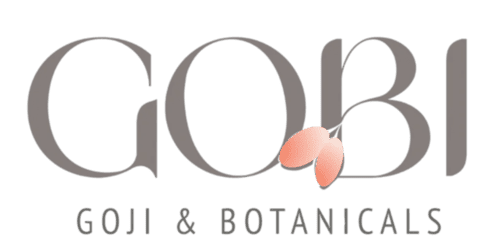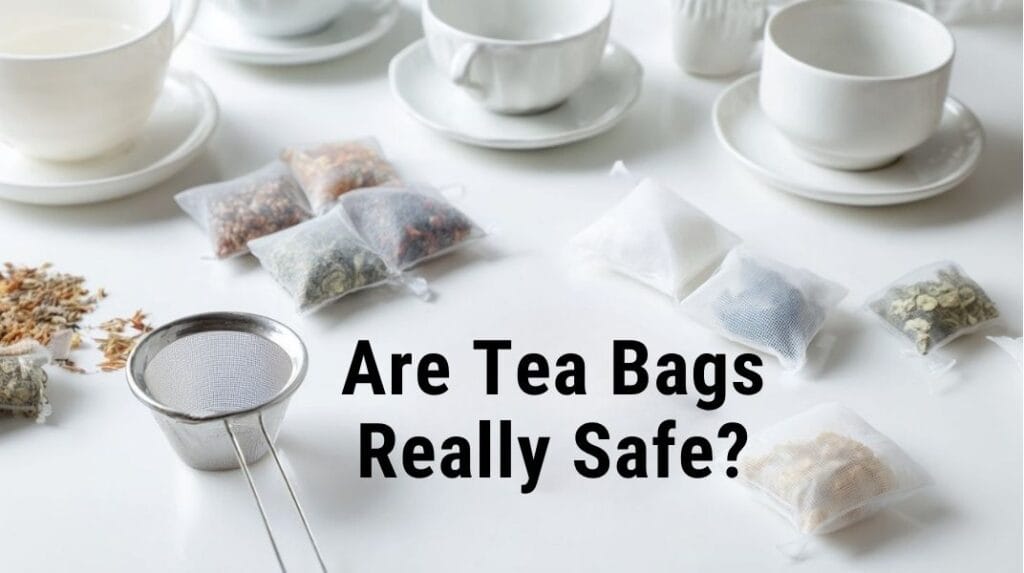Blog
Are Tea Bags Really Safe and Eco-Friendly? See Our Comparison of 4 Types of Tea Bags
The humble tea bag probably feels like a harmless, comforting part of your daily ritual. But have you ever stopped to wonder what your tea bag is really made of? Or what happens when you steep it in hot water? More importantly, is it safe — for your health and for the planet?
Table of Contents
In recent years, growing research and conversations have exposed some unsettling facts about tea bags: many contain tiny synthetic plastics that may release microplastics into your brew; some use adhesives or staples that raise allergy concerns; others come from resource-intensive farming that leaves a significant environmental footprint. Yet, the marketing often hides these details behind pretty packaging and eco-friendly claims that can be confusing or misleading.
So, are tea bags truly the safe, eco-friendly choice we’ve been led to believe? Or are we unknowingly exposing ourselves and the environment to harm — one cup at a time?
In this article, we’ll break down the four most common types of tea bags, compare their health risks, environmental impacts, and costs, and help you make a more informed choice for your tea ritual.
The 4 Main Types of Tea Bags: What You Need to Know
1. Clear Polyester (PET) Mesh Tea Bags
These clear tea bags have become popular for their ability to showcase the beauty of loose tea leaves or herbs. They can come in flat or pyramid shapes. However, most of these tea bag are made from food-grade polyester (PET) or nylon, which are plastics.
- Health concerns:
A 2019 study from McGill University found that steeping plastic tea bags releases billions of microplastic and nanoplastic particles into the tea. On average, Americans consume an estimated 50,000 to 100,000 microplastic particles per year, and tea bags are a notable source. Microplastics have been linked in some studies to inflammation, oxidative stress, and potential impacts on gut health and hormone disruption — although the science is still emerging. - Environmental impact:
Polyester tea bags are non-biodegradable and contribute to plastic pollution. Once discarded, they can persist for hundreds of years in landfills or oceans. - Visual cue:
Plastic tea bags (especially pyramid or mesh-style ones) often have a translucent, slightly shiny or silky finish (e.g. nylon or PET). They feel smooth and plastic‑like. If it looks and feels like fabric but has a sheen, it’s likely plastic.
2. Cotton Tea Bags
Cotton tea bags appeal to those wanting a more natural alternative. They are often biodegradable and have a tactile appeal. However, if they are frequently used on one-time basis, it could have significant ecological impact.
- Health considerations:
Generally safe, but some cotton can be treated with pesticides, bleaches, or chemical finishes, which may leach during steeping. - Environmental impact:
Cotton farming is extremely resource-intensive: it requires approximately 2,700 liters of water per kilogram of cotton produced, one of the highest water footprints among crops. It also relies heavily on pesticides and fertilizers, which can harm ecosystems and water sources. - Visual cue:
Cotton bags look like rougher cloth, usually off-white, sewn closed. They have visible fabric weave, soften when wet, and don’t shine. They often feel thicker and fibrous.
3. Corn-based PLA (Polylactic Acid) Tea Bags
Increasingly popular among eco-conscious brands, PLA sachets are made from corn starch.
- Health and safety:
When certified food-grade, PLA is considered safe and does not release microplastics. It’s heat stable for typical brewing temperatures. - Environmental impact:
PLA is compostable but only in industrial composting facilities with high heat and controlled conditions, which limits its environmental benefit in many regions where such facilities don’t exist. - Visual cue:
PLA bags may look similar to plastic (slightly translucent) but are labeled “PLA,” “compostable,” or “biodegradable.” They may feel slightly stiffer than paper.
4. Paper Tea Bags
The most common type globally, often made from wood pulp.
- Health concerns:
Usually safe, but sometimes contain adhesives or glues, some of which can cause allergies. Also, some paper sachets have plastic linings that aren’t biodegradable. - Environmental impact:
Paper is biodegradable, but the environmental cost depends on sourcing (sustainable forestry?) and any added chemicals. - Visual cue:
Paper tea bags are matte, opaque, and feel papery. If squeezed, the paper may tear or crush. Edges may have wavy crimping rather than heat-sealed seams. If seams appear very smooth/sealed, check if there’s plastic lining. Some of the tea bags also use metal staplers to seal.
Why Loose Tea is Still the Gold Standard for Health and Sustainability
Despite the convenience of tea bags, loose tea offers several advantages:
- No synthetic materials: No risk of microplastics or chemical leaching.
- Better flavor and ingredient integrity: Whole leaves and herbs retain more aroma and antioxidants.
- Environmental benefits: No packaging waste if bought in bulk; used leaves can be composted easily.
But we recognize that tea bags bring undeniable convenience — portion control, easy cleanup, and portability.
Here’s a practical middle ground: using a reusable metal or wooden tea infuser or filter spoon lets you portion your loose tea precisely, steep with ease, and wash off the leaves quickly. And since natural tea leaves can safely be composted or rinsed down the drain, you can enjoy the best of both worlds without waste or synthetic exposure.
What’s the Reality in the Tea Industry?
- Studies estimate 96% of teabags used in the UK contain non-biodegradable polypropylene, often without clear labeling.
- The average American ingests tens of thousands of microplastic particles annually — a number expected to grow as plastic pollution increases.
- Resource-intensive cotton farming remains a hidden cost in “natural” tea bag options.
- PLA bags are gaining ground but currently represent a small fraction of the market, mostly in premium or niche brands.
Our Approach at Gobi Goji
At Gobi Goji, we believe in honesty and holistic wellness. That’s why, while we still offer corn PLA tea bags to showcase the vibrant beauty of our herbal blends, we prioritize loose leaf tea and provide a free heart-shaped reusable metal tea infuser with our Goji Loose Leaf Variety Pack.
Our corn PLA sachets minimize microplastic exposure and plastic waste compared to traditional plastic bags, but we see sachets as a transitional format. Our goal is to eventually sunset sachets entirely to embrace a zero-waste, pure loose tea future.
Final Thoughts
Tea is more than a drink — it’s a moment of health, beauty, and connection. By understanding the impact of your tea’s packaging, you can choose options that protect your body and our planet.
Whether you opt for loose leaf or a carefully chosen tea bags, being informed helps you sip consciously and joyfully.

